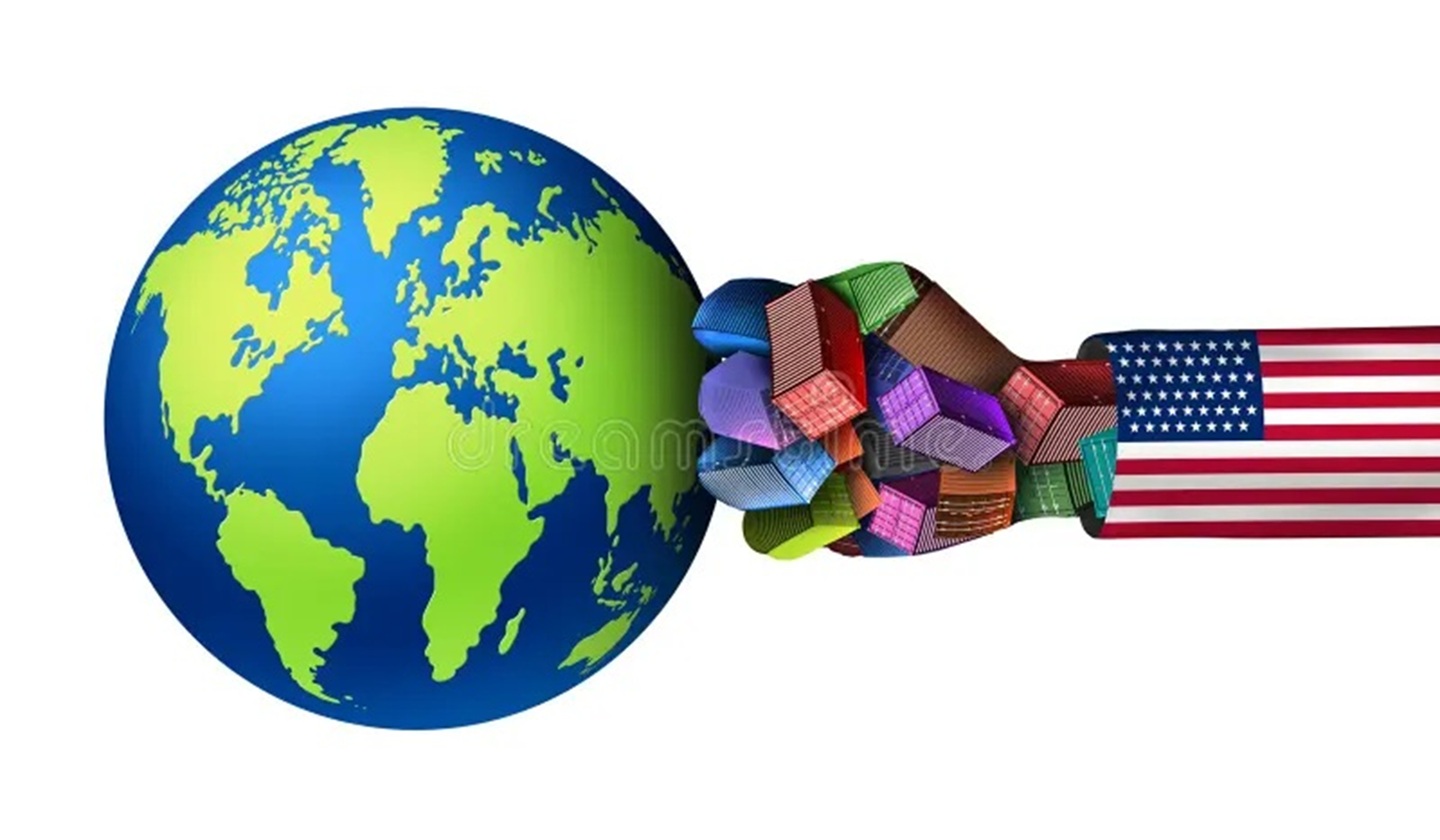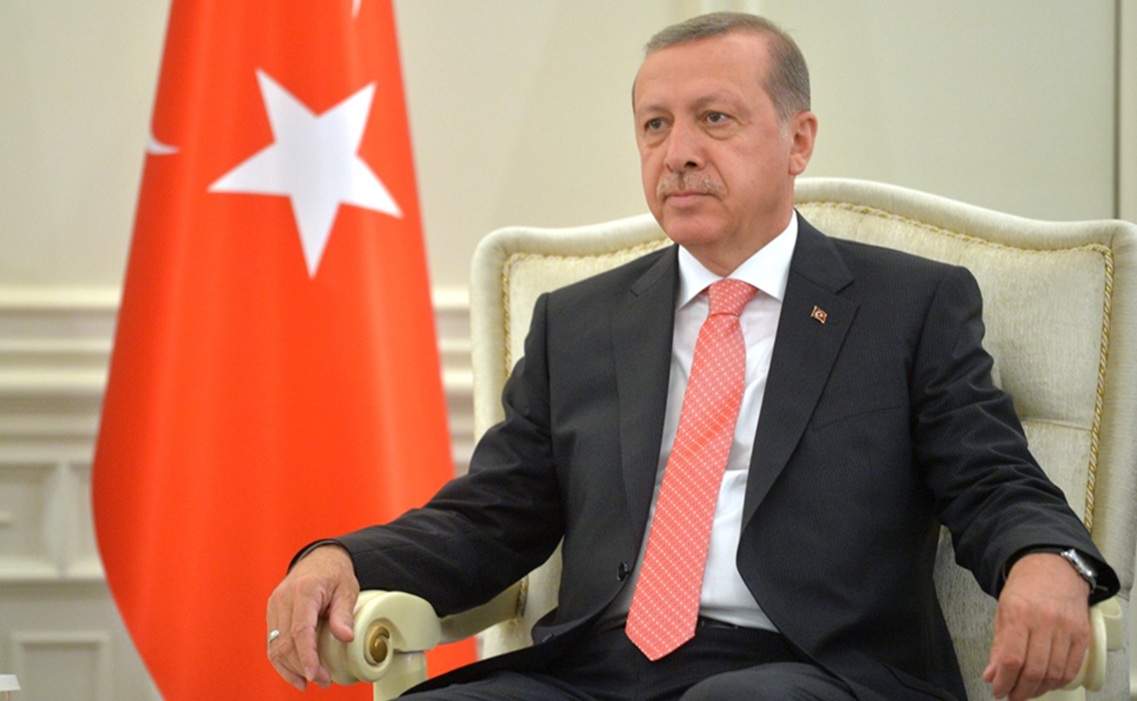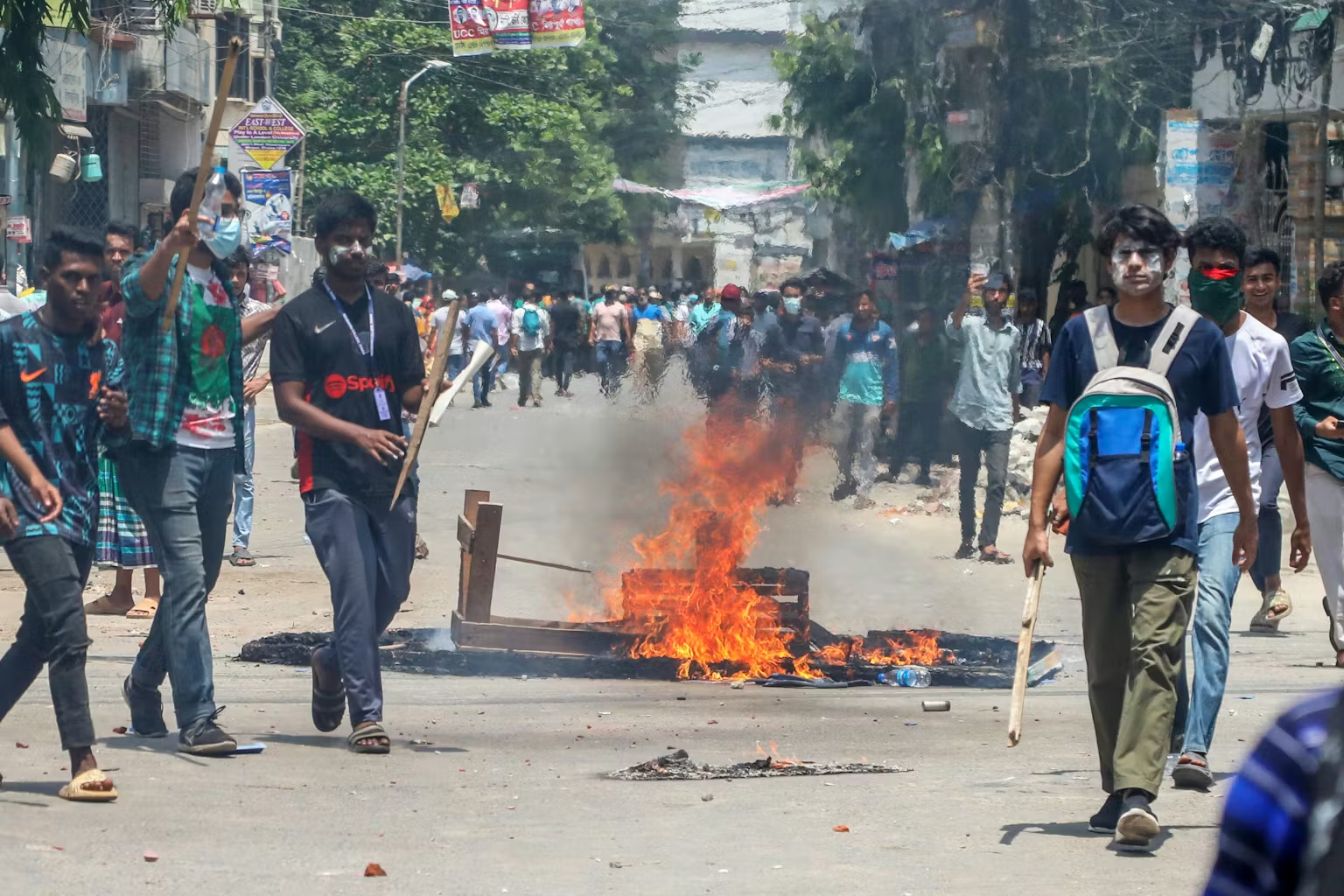The US is currently engaged in trade wars with several countries, including India. These conflicts involve the imposition of tariffs on goods, intended to address trade imbalances, unfair trade practices, and national security concerns. The consequences of these trade wars are far-reaching, impacting global supply chains, economic growth and international relations.
The Road to Today’s Trade Deal Jam: A Brief History
The current trade standoff between the United States and multiple nations—including India—did not emerge overnight. It is the outcome of years of rising economic nationalism, weakened multilateralism, and growing mistrust in global trade regimes.
Post the 2008 financial crisis, the US began withdrawing from multilateral economic leadership, pulling out of the Trans-Pacific Partnership (TPP), weakening the WTO, and increasingly favouring bilateral trade deals. Under President Trump (2016–2020), ‘America First’ rhetoric escalated into a full-blown trade war against many nations, most notably with China.
Although President Biden initially promised a return to globalism, by 2024–25, the U.S. trade doctrine had mutated into something more coercive and transactional, driven by domestic economic pressure, a global tech race, and a desire to restore manufacturing dominance.
In 2025, the U.S. issued ‘reciprocal tariff threats’ to 14 countries, including Japan, South Korea, ASEAN members, India, and several African nations, demanding comprehensive trade deals by August 1, or face 25–40% tariffs. This is not diplomacy. This is economic arm-twisting.
Neo-Imperialism in a Digital Age
Trade today is no longer just about goods. It’s about data, digital infrastructure, agricultural sovereignty, seed control, and technology flows. And in this new regime, the US has emerged as a neo-imperial power.
In exchange for market access or investment promises, countries are being asked to:
- Remove data localisation laws and allow unrestricted data flow.
- Accept U.S. intellectual property rights over seeds, pharma, and software.
- Open up sensitive sectors like dairy, agriculture, and digital platforms to U.S. monopolies.
- Modify subsidy frameworks (like India’s MSP system) to avoid ‘trade distortion.’
This is not trade liberalisation. This is policy capture, where a nation’s sovereign tools for food security, digital protection, and rural livelihoods are subject to external diktats. Neo-imperialism wears a suit and carries a spreadsheet today.
How the Deal Could Harm India
If India accepts the US-driven trade terms without caution, the fallout will be deep and wide-ranging:
- Agriculture and rural distress: U.S. agri-products, backed by subsidies, will crush small Indian farmers. MSP, PDS, and food sovereignty mechanisms could be diluted.
- Dairy sector disruption: With 100 million households dependent on small-scale dairying, cheap U.S. imports could devastate Amul-type cooperatives.
- Seed and input dependency: IPR clauses could allow U.S. agro-giants to dominate India’s seed economy, undermining farmer autonomy.
- Digital colonisation: Unchecked data transfer, algorithm secrecy, and cloud dominance could make India dependent on Silicon Valley.
- Health and pharma control: Longer patent periods may slow down India’s role as the ‘pharmacy of the Global South.’
In short, we may trade away our strategic autonomy for short-term investment or access to technology.
What If the Trade Deal Fails? Repercussions for Both Sides
For India:
- Short-term protection: Agriculture, pharma, and MSMEs are shielded.
- Strategic positioning: India is seen as a sovereign power unwilling to bend under pressure.
- Risk of retaliation: U.S. may impose tariffs on key exports (e.g., textiles, jewellery), restrict visas, or slow FDI flows.
- Tech opportunity loss: Potential delays in semiconductor and AI partnerships.
For the U.S.:
- Loss of credibility: Repeated failure to clinch bilateral deals weakens the U.S. as a dependable trade partner.
- Geopolitical drift: India may pivot more confidently toward BRICS+, Global South alliances, or regional trade pacts.
- Corporate backlash: U.S. firms eyeing Indian markets (for EVs, defence, data centres) may pressure Washington to revise its approach.
- Strategic void in Indo-Pacific: Without India, U.S. containment of China weakens.
India’s Options Going Forward
India is not without options. It must now adopt a calibrated, sovereign strategy:
- Selective Sectoral Deals: Accept deals only in mutually beneficial areas: semiconductors, defence, energy, clean tech. Keep agriculture, dairy, and digital economy out of binding bilateral clauses.
- Strengthen South-South Trade: Deepen links with Africa, Latin America, ASEAN, and BRICS+. Offer alternative models of trade based on equity, sustainability, and sovereignty.
- Accelerate Atmanirbhar Bharat: Invest in domestic R&D, digital infrastructure, and green technologies. Promote public-private partnerships in high-value manufacturing and critical technologies.
- Promote Data Sovereignty & Digital Standards: Champion frameworks that respect national data governance, community rights, and open-source development. Lead the Global South digital resistance to Big Tech imperialism.
- Build Coalitions with Other ‘Pressured Nations’: Create diplomatic coalitions with other nations threatened by U.S. tariffs, such as Japan, Vietnam, Indonesia, and Kenya. Advocate for fair trade principles at G20, WTO, and regional forums.
A New Strategic Doctrine: Multi-Vector Sovereignty
In this context, India’s most pragmatic and visionary path forward is what we may call a Multi-Vector Sovereignty Model. Derived from the older concept of multi-vector foreign policy, this model calls for:
“Engaging multiple global powers across various domains—defence, trade, technology, and diplomacy—while preserving national autonomy, reducing structural dependency, and ensuring strategic flexibility.”
This approach enables India to:
- – Engage the U.S. for defence and tech,
- – Partner with Europe for clean energy and trade,
- – Work with BRICS on financial alternatives,
- – Build solidarity with the Global South on data and agriculture.
Rather than being drawn into exclusive alliances or pressured into disadvantageous deals, India must retain the right to choose issue-based partners while protecting its core interests to overcome the turbulence triggered by these trade wars.
Conclusion: Assertive Yet Aligned
India is not anti-U.S. It seeks alignment, not submission. In an era where trade wars have become a tool of coercion, India must walk a path that combines economic realism with strategic dignity. The Multi-Vector Sovereignty Model provides the intellectual framework and practical roadmap for India to assert itself, not as a client state, but as a civilizational power with its voice, values, and vision for the global order.
Disclaimer: The views and opinions expressed by the author do not necessarily reflect the views of the Government of India and Defence Research and Studies
Title image courtesy: https://www.dreamstime.com/ and Free stock photo







